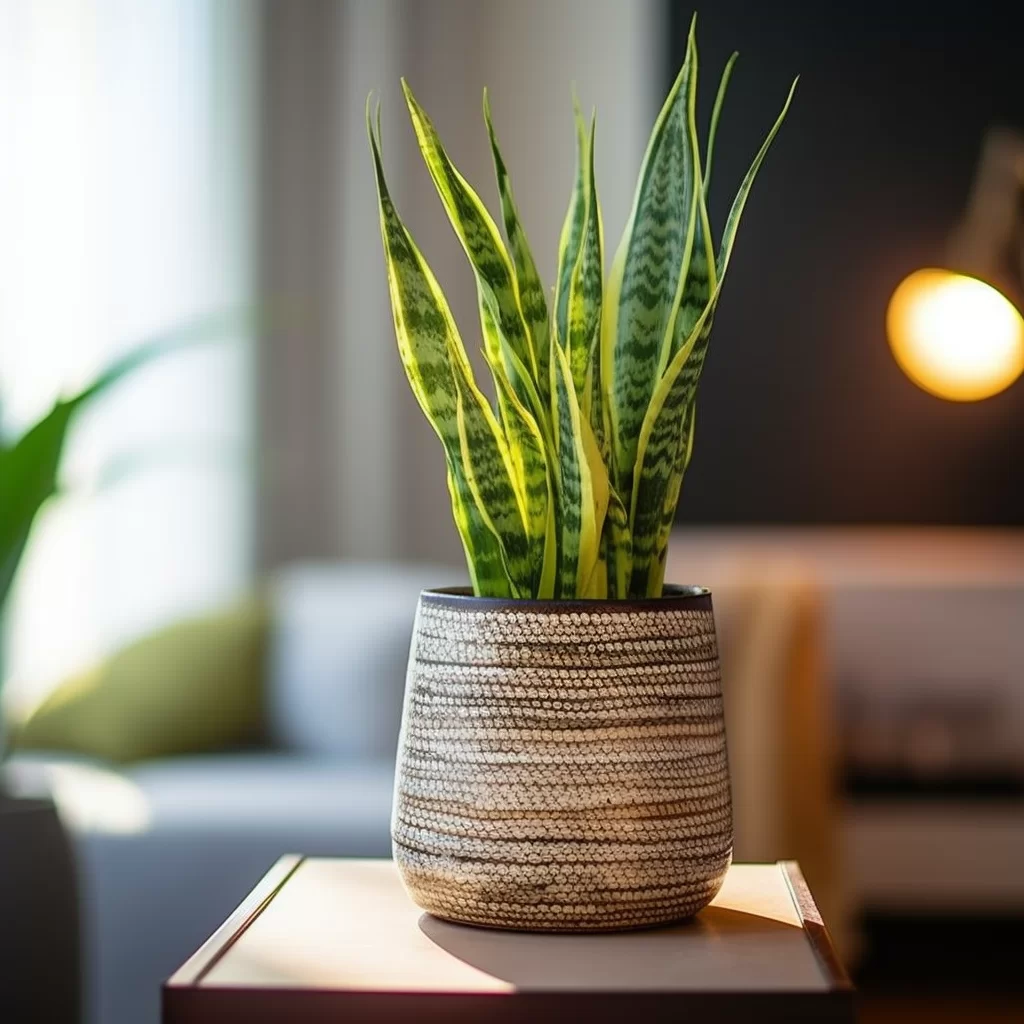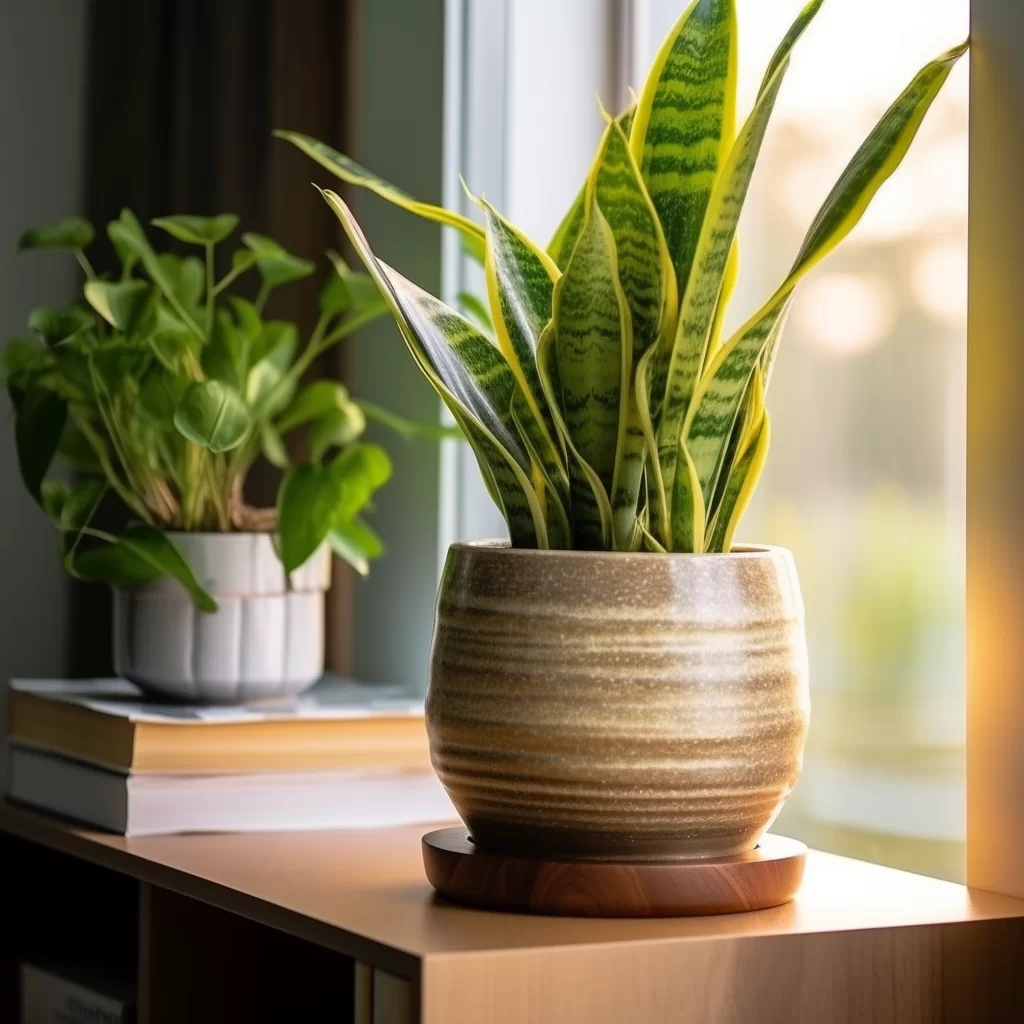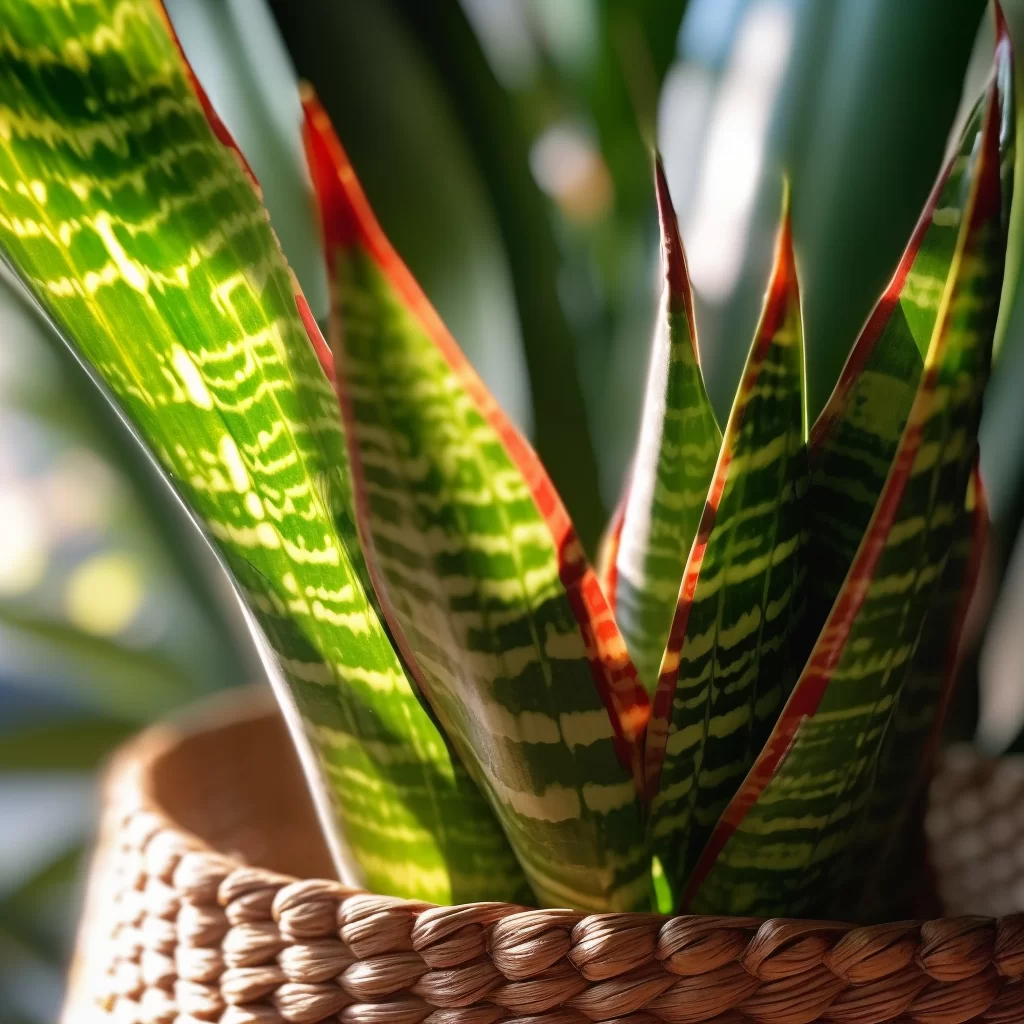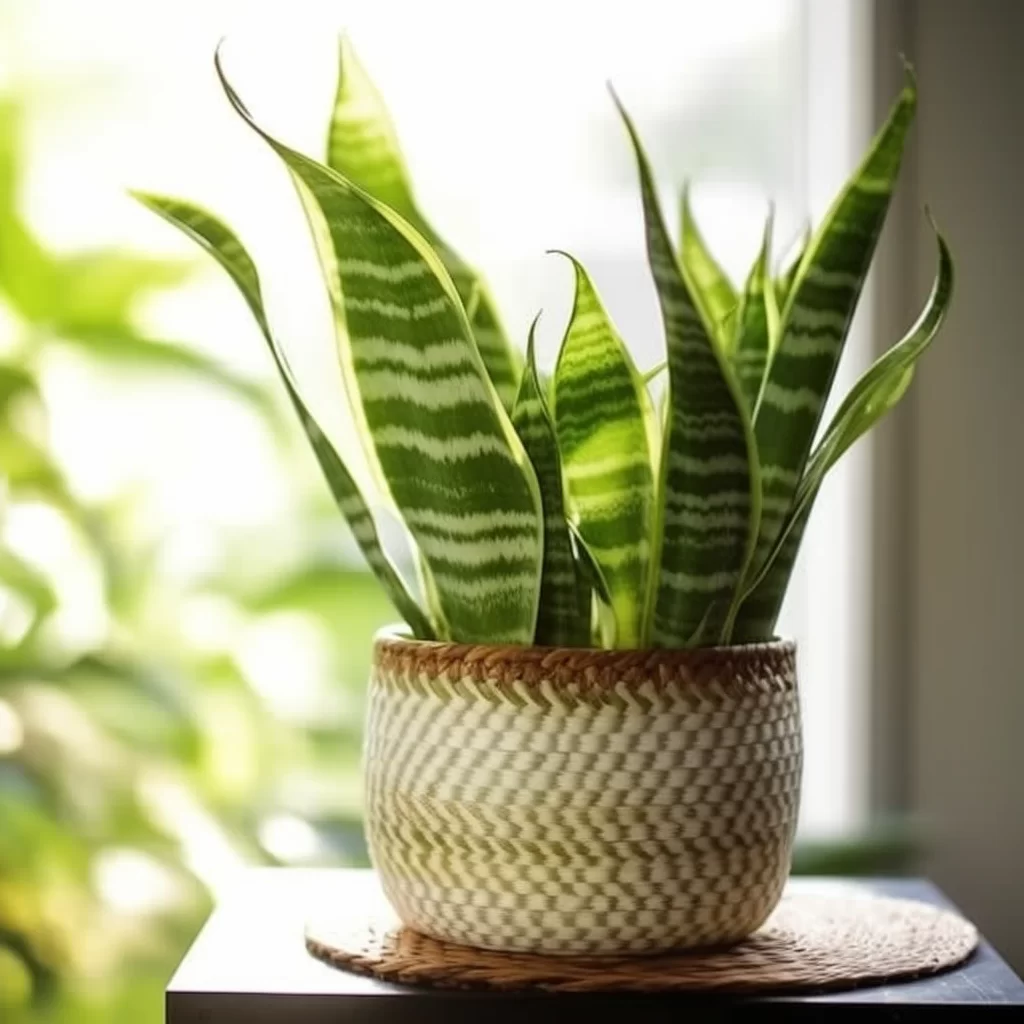Story of Day :
Contents
Is Sansevieria a Snake Plant? Complete Guide and Care Tips
Gardening has always been a popular hobby among people, but with the onset of the pandemic, it has taken on a new level of importance.
Whether you’re an experienced horticulturist or just starting out, one plant that you might have heard about is Sansevieria.
But is this plant really a snake plant? In this article, we will explore everything you need to know about the Sansevieria and how to take care of it.
What is Sansevieria?
Sansevieria is a species of flowering plants which are native to Africa and Madagascar.
It belongs to the Asparagaceae family and has several common names such as snake plant, mother-in-law’s tongue or viper’s bowstring hemp.
The leaves grow vertically from a basal rosette with various colors such as green, yellow, and silver stripes.
Is Sansevieria Really A Snake Plant?

The answer is yes! The common name “snake plant” refers specifically to Sansevieria trifasciata, which has long sword-like leaves that grow upright like snakes emerging from soil.
However, there are over 70 different species within the genus Sansevieria that can also be called snake plants due their resemblance.
Varieties of Snake Plants
- Sanseveria Trifasciata: This variety grows up to 4 feet tall with dark green leaves having light grey-green crossbands.
- Sansevera Cylindrica: This type often referred as ‘African spear’ features cylindrical shaped leaves growing straight up in the air.
Usually, it is a bit more expensive than other snake plants.
- Bantel’s Sensation: This variety has a unique look due to its white vertical stripe outlining the leaf edges.
Care Tips for Your Snake Plant (Sansevieria)
Sansevierias are one of the most hardy houseplants and require low maintenance.
Here are some tips to keep your snake plant healthy:

Light and Temperature
- Place your plant in bright, indirect sunlight or partial shade.
- Avoid placing your Sansevieria in direct sunlight as they can get sunburnt.
- The ideal temperature range for snake plants is between 60°F -85°F (16°C-29°C).
Keep them away from cold drafts from windows or doors during winters.
Watering and Soil Requirements
- The best part about keeping a Sansevieria plant is that it doesn’t need frequent watering like other indoor plants!
</lI
You only need to water them once every two weeks during summers, and once a month during winters when they go dormant.
You can also check if water is needed by inserting your finger two inches into soil; if dry then it needs watering.
Fertilizing Requirements

Fertilizing isn’t necessary for Sansevieria, but you can do so occasionally with an all-purpose liquid fertilizer diluted at half strength.
Do this twice per year: once in spring before new growth emerges, and again mid-summer after flowering ends.. Too much fertilization may harm the plant and cause root burn.
Conclusion
Now that you know everything about Sansevieria, you can confidently add it to your indoor garden.
With its low maintenance requirements and unique appearance, it’s easy to see why this plant has become so popular.
Remember that it is a snake plant and belongs to the genus Sansevieria, which has several different species with different characteristics.
Carefully choose the variety which best fits your decor style and space availability.
With the right care, your snake plant will thrive for years to come!
